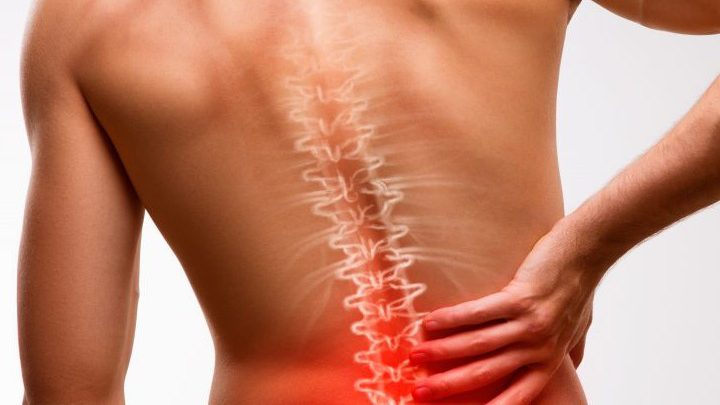
Ankylosing Spondylitis

Ankylosing Spondylitis, also known as Bechterew disease, is a rare type of arthritis that causes pain and stiffness in the spine. As a progressive lifelong condition it usually starts in the lower back, but it can spread to the neck and damage other joints. The name is derived from two words, “Ankylosis,” which means fused bones, and “spondylitis,” which means inflammation in the spinal bones. In severe cases, it can cause the spine to stiffen like a bamboo then called a bamboo spine. The disease is not curable, but with the right medications and physical therapy, one can expect to ease the pain and discomfort.
The most common symptoms are the arthritic pain in the lower and middle back, ankle, neck, and shoulders. These symptoms usually show up in early adulthood and lead to reduced flexibility of the spine. Ankylosing Spondylitis can slowly show up in almost any part of the body, causing great pain and inflexibility of the joints. This can also lead to difficulty taking deep breaths or shortness of breath, as one’s back and chest is no longer flexible, which further leads to tiredness. The disease can affect the eyes leading to uveitis. Inflammation in the eye can cause excruciating pain leading to blurry vision and increased sensitivity to bright light.
Medical researchers are not entirely sure about what causes AS, but the current understanding is it has to do with the genes. Most people suffering from the disease have an antigen called HLA-B27, which causes inflammation. The typical diagnosis involves looking at signs and symptoms, imaging studies and blood tests. Though there is no known cure there are treatments that can help reduce the symptoms. Doctors suggest staying physically active to help manage the symptoms. Physical exercise and therapy can help these patients stay active, helping them avoid pain and discomfort. Physical therapy teaches the practice of good posture and exercises that help strengthen the muscles of the back. Physical therapy can help keep the spine stable. We suggest working with a professional physical therapist to help reduce the effects of ankylosing spondylitis. Professionals can track progress and recommend the right exercises to reduce one’s discomfort. Besides physical therapy, one may also want to look into medications. Anti-inflammatory drugs like Indomethacin can significantly reduce the effects of the disease. These come with their own side effects, so it is crucial to consult a doctor before taking medication. In severe cases, one may also need surgery. If you’re someone who suffers from ankylosing spondylitis, we recommend seeing a doctor. Early diagnosis can help reduce the amount and duration of discomfort you feel. Regular physical activity, meditation, breathing exercises, weight reduction can also significantly reduce the symptoms of this disease.